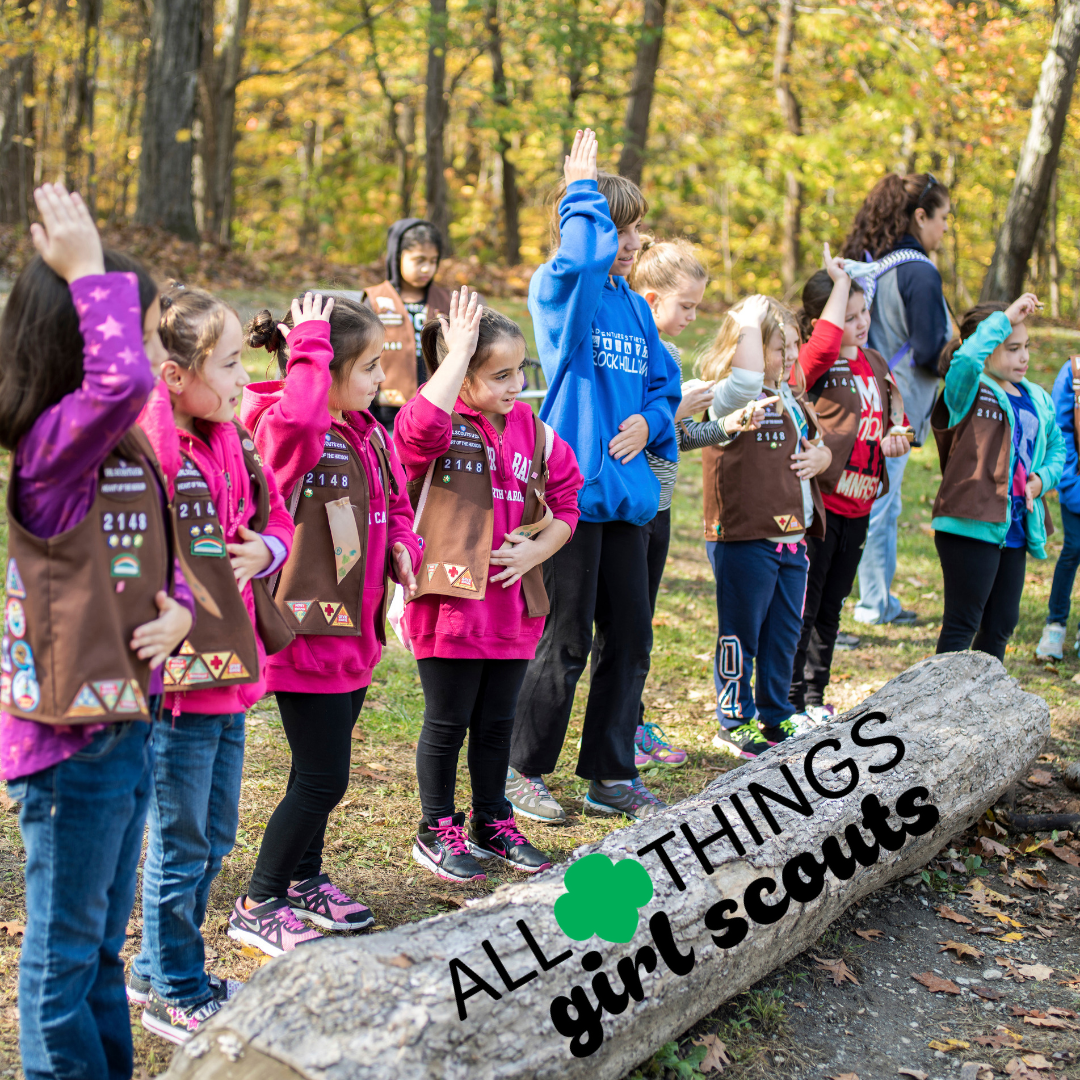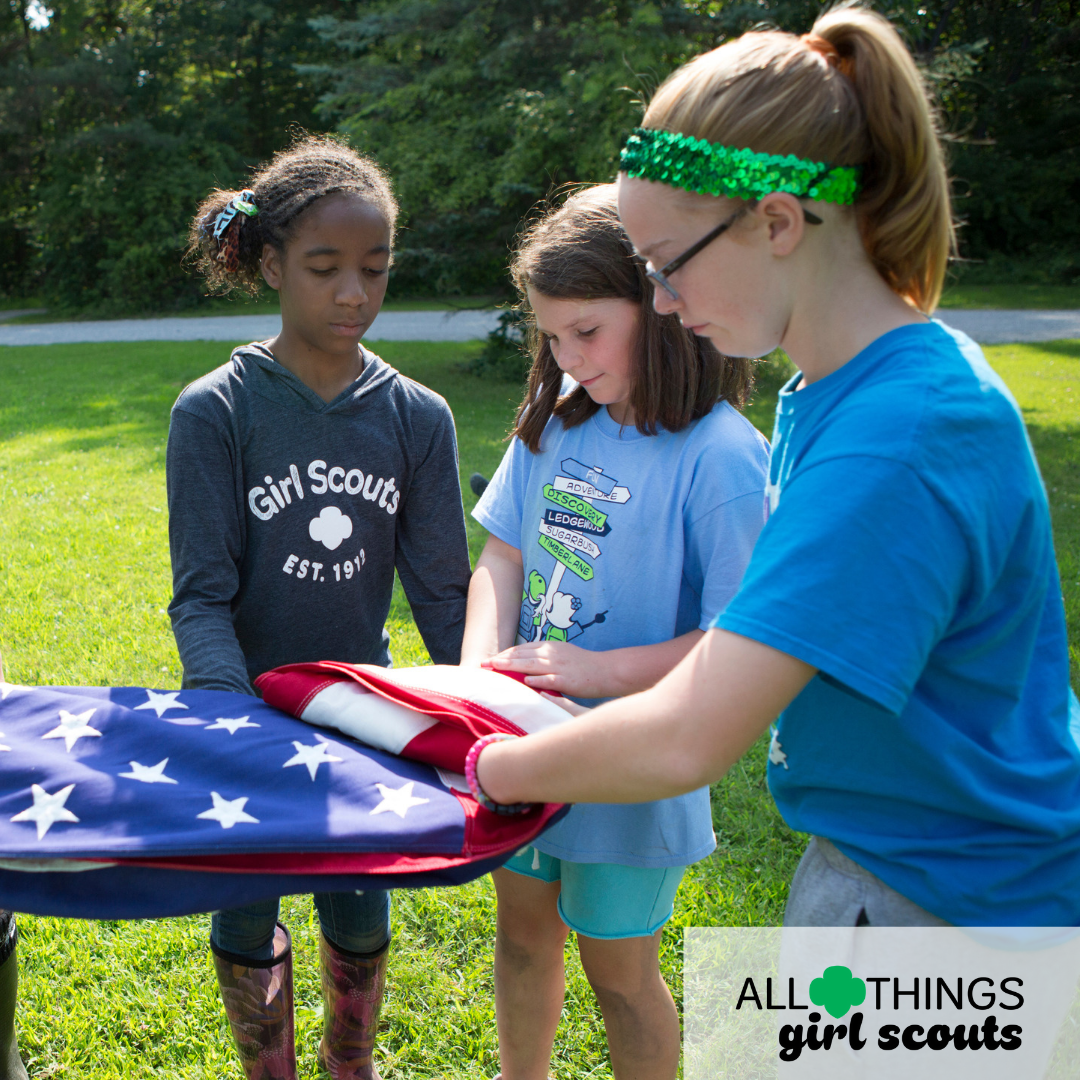 Short and Sweet
Short and Sweet
Homesickness Help
Homesickness can happen to any of our girls. It’s most likely during an overnight trip, but can even happen on day trips for some girls. You may have girls who experience some homesickness during most overnights and others that haven’t previously, but this trip is an exception. In the moment, it can feel overwhelming so we’ve put together a list of ways volunteers can help girls with homesickness.
- Notice when girls are homesick. Homesickness usually strikes during slow parts of your outing, times when the girls aren’t “busy”. Preparing for bedtime, during or after meals, time between activities, or during an activity she’s not that interested in are common times for it to strike. Homesickness can manifest in many ways. Girls often look sad or detached from the group. They may be crying. Some experience stomach pain or headaches, even. If a girl didn’t experience homesickness the first night, don’t assume she won’t experience it later in your trip.
- Prevent the spread of homesickness. That’s right, homesickness can be “contagious.” It is a very emotional experience and your sisterhood of girls will want to help their friend. Unfortunately, this can get them thinking about how much they miss home, as well. Never be alone with a girl, but take her off to the side for your talk. This provides her some privacy and you avoid an outbreak.
- Help her calm down enough to talk. If a girl is crying too much to get words out, have her drink some water. It’s very hard to continue intense crying while sipping on a water bottle. It will help her regulate her breathing. Then you can focus on some deep breaths until she can talk.
- Talk it out. It’s good for girls to talk about their feelings. Some girls are homesick because they miss their mom or dad. Some miss their little siblings. Some miss the dog. Knowing who or what she is missing will help you comfort her and offer soothing advice.
- Think about tomorrow and set a goal. Talk about the schedule tomorrow. What will you be doing that’s exciting? Is there something yummy for lunch? When will she be going home to see her family? Talk now about what she is excited for. Most girls are still excited to do things on the trip, they are just struggling with being away from home. Talk about how excited her family will be to hear about her adventures. Consider setting a goal for tomorrow. For instance if you have pool time, maybe you’ll plan a cannonball contest together.
- Redirect her energy. Keeping girls busy can keep their homesickness at bay. Have her help you with a task, or assign her to help a friend. If it’s down time before bed, this can be more difficult, but maybe she can write a short letter that she will share with her family when she gets home. She can write about what she’s done so far and what she will do tomorrow. If it’s time for lights out, think of some happy things for her to dream about. Write them on slips of paper and put them under her pillow.
The most common question we get from girls is: can I call my parents? For most girls, if you walk through these steps with them, they will not need to talk to their parent. You can say things like, “let’s just talk about it for now.” If a girl’s homesickness is very persistent, call the parent first, without the girl knowing yet, and fill them in on what’s going on. The parent knows the girl best. You want to talk about how your goal is to keep the girl with her friends at the overnight. The parent might have some extra information to share with you to help, or they might say that if they talk to their girl, they can help.
What other homesickness tips have worked for you or your co-leader?








